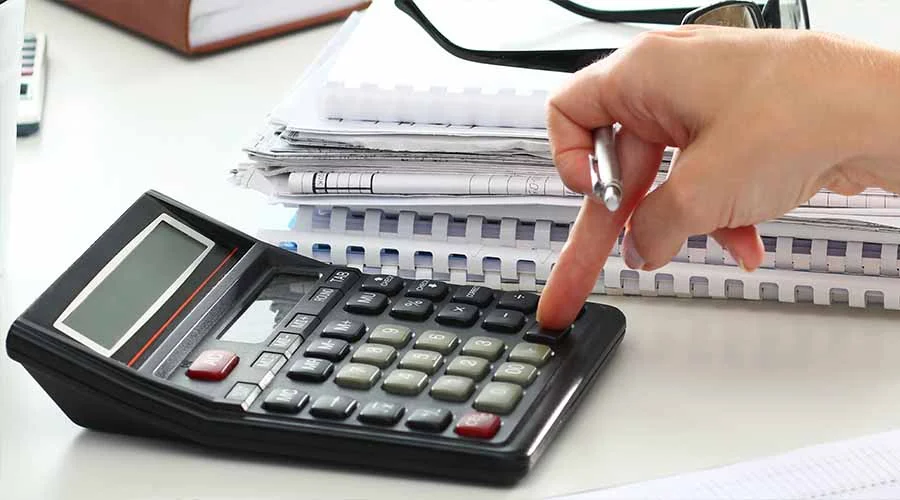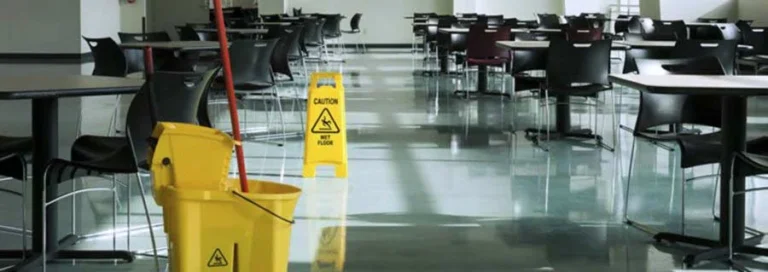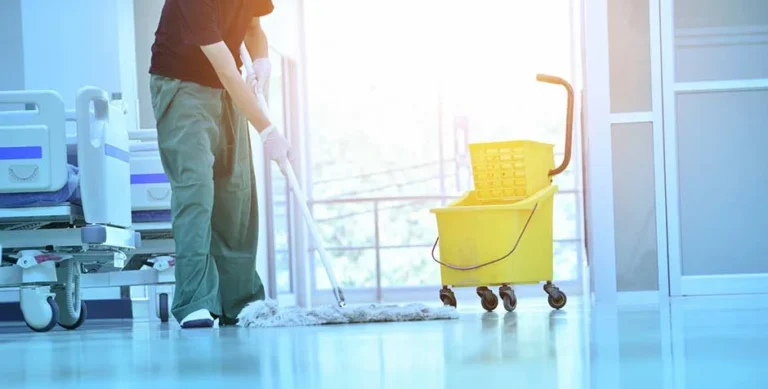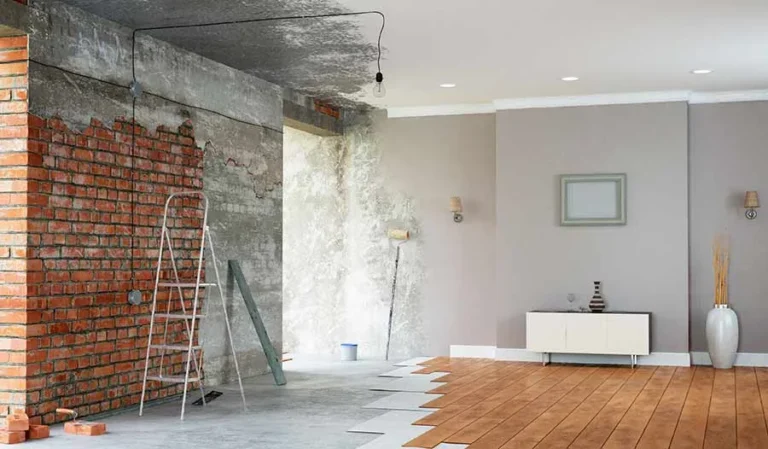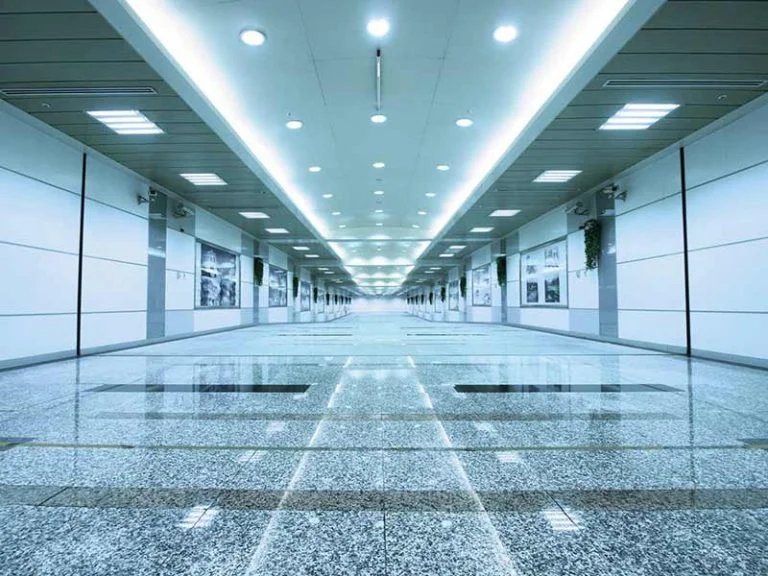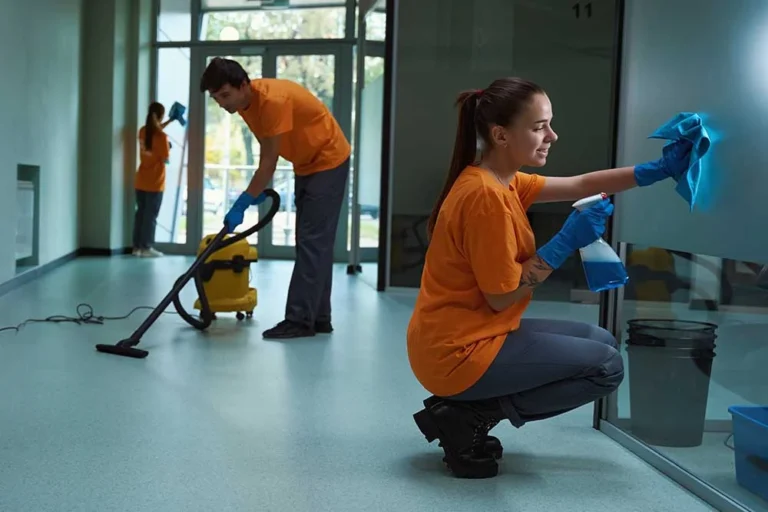5 Critically Overlooked Areas in Commercial Cleaning Budgets
Creating an accurate budget is crucial for the financial success of any commercial cleaning operation. While labor, supplies, and equipment are the most obvious expenses, there are many additional overhead costs that are often overlooked or underestimated.
In our 20+ years working with facility managers we have identified 5 categories that are frequently under-budgeted. This results in unexpected costs down the road or reductions in service quality to stay within budget.
In this comprehensive article, we will explain these 5 overlooked areas in detail so you can build them into your cleaning budget accurately. Thoroughly planning for these expenses will give you the right foundation to control costs and meet service standards.
1 – Training Costs
Ongoing training is essential for maintaining high quality standards, but the costs are often not adequately factored into cleaning budgets. When calculating labor expenses, you should dedicate 2-4% specifically for training new and existing employees.
An intensive initial training program should be required for all new hires before they begin actual job duties. This should consist of at least 10-20 hours of instruction covering specific cleaning techniques for different areas, proper use of equipment, chemical handling, company policies, customer service basics, and safety procedures. Time spent shadowing managers can also be very valuable for new hires.
In addition to initial training, you should budget for at least 10 hours per year of continuing education for your entire staff. This ongoing training is crucial for reinforcing proper procedures, keeping skills sharp, and introducing new methods or chemicals. Annual training should cover a refresher of the initial curriculum with an emphasis on areas needing improvement. Bringing in outside experts to train staff on specialized tasks like hard floor care or window cleaning can also be beneficial.
The investment into robust training programs pays off through more professional, effective, and efficient cleaning. Well-trained staff waste less supplies, break things less often, have higher morale, and provide better customer service. This leads to lower costs and higher satisfaction long-term.
Proper Training should cover:
- Cleaning techniques for various areas and equipment
- Proper use of cleaning chemicals
- Safety procedures
- Company policies and standards
- Customer service
- Equipment operation
- Supervisory skills
Sample: Initial Training Curriculum
| Topic | Hours |
| Cleaning Techniques | 5 |
| Equipment Operation | 3 |
| Chemical Handling | 2 |
| Safety Procedures | 2 |
| Company Policies | 2 |
| Customer Service | 2 |
| Supervisor Shadowing | 4 |
| Total | 20 |
Sample: Ongoing Monthly Training Topics
| Month | Training Topic |
| January | Winter Cleaning Procedures |
| February | Bloodborne Pathogen Safety |
| March | Upholstery Cleaning |
| April | Customer Service Scenarios |
| May | Supervisor Skills |
| June | New Chemical Instructions |
| July | Floor Buffing Techniques |
| August | Stain Removal |
| September | Sustainability Practices |
| October | Cold & Flu Season Disinfection |
| November | Ladder Safety |
| December | Review Initial Training |
2 -Quality Control Costs
Meticulous quality control is required to deliver consistent, high-quality cleaning services to customers. But many organizations fail to properly account for the staff time and expenses required to develop and manage a quality control program. You should dedicate approximately 3-5% of your total budget specifically for quality control.
First, you need knowledgeable managers that audit and inspect cleaning work on a routine basis to identify any problem areas. You should have at least one designated quality manager for overseeing the program. Their time spent performing detailed inspections, documenting results, and identifying areas for improvement must be budgeted for.
Third-party audits should also be conducted on a quarterly or monthly basis to benchmark cleaning performance against industry standards. These inspections by an objective outside firm can recognize issues that internal audits miss. Budget for at least a few thousand dollars per year for third-party services.
Technology like cleaning checklists, mobile apps or inspection software can also automate and streamline record-keeping for quality control. Proper documentation provides accountability for standards. Budget for any software subscription fees or mobile app development costs.
Customer surveys are another quality control tool that gathers direct feedback on cleaning service satisfaction. Build in resources for survey creation, distribution, completion incentives, and result analysis.
The investment into robust quality control results in higher, more consistent standards that satisfy customers. This reduces complaints and improves customer retention to enhance profits.
Quality control expenses include:
- Third party inspections
- Supervisor audits
- Customer surveys
- Record keeping software or apps
- Janitorial checklists or apps
- Equipment to measure cleanliness (e.g. ATP meters)
Sample: Inspection Criteria Sample
| Task | Standard |
| Trash Removal | No visible trash remaining |
| Sweeping | No dust bunnies or debris |
| Mopping | No streaks, stickiness, or standing water |
| Vacuuming | No visible dirt or dust |
| Glass Cleaning | No streaks or smudges |
| Disinfection | Surfaces and objects disinfected per protocol |
3 -Supply Management Costs
Careful monitoring and management of cleaning supplies can yield tremendous cost savings through lower product costs and reduced waste. You should budget approximately 3-5% of total costs specifically for supply management personnel, technology, equipment, and space.
At least one dedicated staff member must have supply management as their primary role, tracking inventory on cleaning products, tools, equipment parts on an ongoing basis. Their time spent manually counting inventory, placing orders, procuring bids for cost savings, and analyzing usage trends must be built into labor budgets.
Technology like bar code scanners can automate some facets of inventory management to save time. Mobile-based apps that allow for quick scanning and reporting of supply levels can also help managers place orders based on real-time data rather than guesses. Budget for costs related to equipment, software subscriptions, or app development.
Secure storage space for inventory must also be factored in. Having a central closet or stockroom dedicated to supplies makes monitoring easier. Storage equipment like shelving units, bins, and ladders helps keep items organized and accessible.
Proper supply management saves money through bulk purchases at lower prices. Enforcing product standards also improves efficiency by eliminating variable product performance. Tight controls also reduce over-ordering and waste of expired or unneeded products.
Supply management costs include:
- Staff time for inventory tracking
- Software or apps to track inventory and place orders
- Storage space for supplies
- Equipment like bar code scanners
- Transportation for deliveries
Sample: Inventory Reorder Thresholds
| Supply Item | Usage Rate | Reorder Threshold |
| Toilet Paper rolls | 500 per month | Reorder at 200 remaining |
| Hand Soap | 4 per week | Reorder at 6 remaining |
| Floor Cleaner | 7 gallons per week | Reorder at 5 gallons remaining |
| Vacuum Bags | 300 per quarter | Reorder at 100 remaining |
4 – Equipment Maintenance Costs
Cleaning equipment like floor scrubbers, vacuums, and carpet extractors involve a major investment, with costs running into the tens of thousands. To maximize the usable lifespan and performance of this expensive equipment, regular maintenance is required. You should budget approximately 8-15% of total equipment costs specifically for maintenance-related expenses.
Designate staff members to perform routine maintenance like changing belts and hoses, replacing worn pads and brushes, draining and changing fluids, checking battery levels, testing suction power, inspecting electrical contacts, and tightening any loose parts. Build their time spent on these preventative tasks into the budget.
Keep a well-stocked maintenance closet with spare parts like filters, screws, fluids, fittings, seals, and generic belts/brushes. Purchase quality tools for tasks like screwdriving, wrenching, drilling, and minor repairs. Build expenses for parts and tools into the plan.
For specialized repairs beyond staff capabilities, use professional external service companies. Their labor fees for major repairs should be anticipated as periodic expenses. Extended service contracts can reduce some variability in repair costs year to year.
Well-maintained equipment has fewer breakdowns, better cleaning performance, longer lifespan, and higher resale value. So the investment in maintenance pays for itself through lower capital costs and less downtime.
Equipment maintenance expenses include:
- Staff time for routine preventative maintenance
- Parts and tools
- External repair services
- Equipment inspections
- Replacement batteries and fittings
- Service contracts for specialized equipment
Sample: Preventative Maintenance Schedule
| Machine | Task | Frequency |
| Extractors | Drain & rinse tanks | Weekly |
| Scrubbers | Check pads/brushes | Monthly |
| Vacuums | Inspect belt, bag | Quarterly |
| Battery Equipment | Test battery level | Monthly |
| All Equipment | Deep clean exterior | Quarterly |
5 – Administration Costs
While not directly part of cleaning operations, administrative tasks like scheduling, customer service, reporting, (and for internal management companies) HR management and supervisory duties require dedicated staff hours. You should budget for about 6-12% of total labor costs to go toward administrative overhead roles.
Front desk staff will be needed to handle incoming customer calls, queries and complaints. Build wages for at least one full-time position into the budget. Administrative staff will also be required to carry out clerical tasks like filing, faxing, emailing, tracking documents, and generating reports. Factor in either a full-time clerical position or a percentage of time spent on admin tasks by operations managers.
You may need dedicated sales staff to manage retention and acquisition of cleaning accounts. Include salaries and commissions within your budget. Technology expenses like CRM software should also be accounted for.
HR administration of recruiting, hiring, payroll, and benefits is critical for proper personnel management. If outsourcing payroll, build in provider service fees. If handled internally, budget for percentage of HR manager time spent on cleaning staff administration.
While admin roles do not directly clean facilities, they provide invaluable infrastructure to enable smooth operations. So factor them into your budget diligently.
Administration costs can include:
- Office staff for answering phones, chats, filing, typing
- Sales staff for retaining and attracting accounts
- IT staff for managing software and reporting
- HR staff for recruitment and payroll
- Management fees
Careful Planning Prevents Deficits
While less “exciting” than cleaning labor and equipment, areas like training, quality control, inventory management, equipment maintenance, and administration crucially impact budgets and service consistency. In my two decades as an advisor, inadequate planning for these overhead costs is one of the most common budgeting mistakes I see. Managers tend to underestimate or entirely overlook them when creating their plan and forecasts.
In addition to routine cleaning costs, facility managers should plan for potential emergencies and contingencies to avoid being caught off guard. Having reserve funds enables rapid response to equipment failures, supply shortages, staffing gaps, weather damages, unexpected cleaning needs, changing compliance regulations, price hikes, and liability disputes. Though unpredictable, adequately preparing for these common emergencies with contingency budgets helps smooth any sudden expense spikes and ensures cleaning operations can continue undisrupted, even in challenging circumstances.
By thoroughly understanding the key overhead costs and proactively budgeting for them, facility managers can prevent unexpected deficits. This allows you to control costs while meeting service standards that satisfy customers. Feel free to reach out to us at Rainbow Property Maintenance if you need any help analyzing overhead costs for your specific operation’s budget planning. With the right foundation of knowledgeable planning, you can make your cleaning budget far more accurate and achievable.

